Home>Furniture & Design>Living Room Furniture>How To Use Hospital Chair Recliner
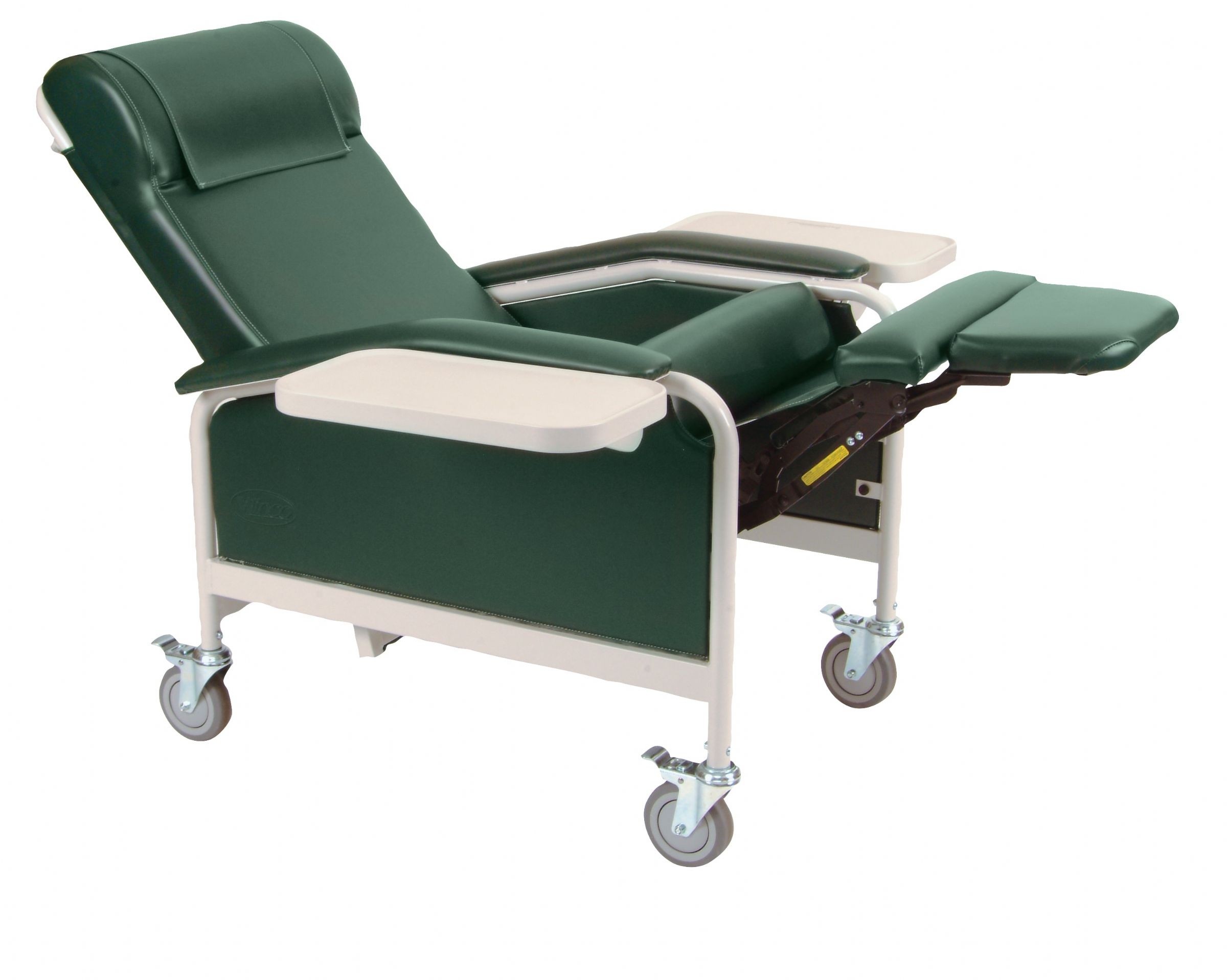

Living Room Furniture
How To Use Hospital Chair Recliner
Modified: January 18, 2024
Discover the best ways to incorporate a hospital chair recliner into your living room furniture and design. Learn how to maximize comfort and functionality. Ideal for creating a cozy and inviting space.
(Many of the links in this article redirect to a specific reviewed product. Your purchase of these products through affiliate links helps to generate commission for Storables.com, at no extra cost. Learn more)
Introduction
Hospital chair recliners are essential pieces of furniture that provide comfort and support for patients and caregivers in medical settings. These versatile chairs are designed to offer a range of adjustable positions, making them suitable for patients recovering from surgery, receiving treatments, or requiring extended periods of rest. Understanding how to use hospital chair recliners effectively is crucial for ensuring the comfort and well-being of patients while also facilitating the tasks of medical professionals and caregivers.
In this comprehensive guide, we will explore the various aspects of utilizing hospital chair recliners, including preparation, adjustment, and maintenance. By gaining insights into the functionality and proper usage of these specialized chairs, individuals can enhance the overall experience of patients and caregivers in healthcare environments.
Whether you are a medical professional, a caregiver, or someone seeking to support a loved one during their recovery, this guide will equip you with the knowledge and skills to make the most of hospital chair recliners. From understanding the features of these chairs to learning how to adjust them for optimal comfort and providing maintenance tips for prolonged use, this article aims to empower readers with valuable information for utilizing hospital chair recliners effectively. Let's delve into the world of hospital chair recliners and discover the best practices for incorporating them into healthcare settings.
Key Takeaways:
- Hospital chair recliners are versatile, adjustable, and easy to clean, providing comfort and support for patients and caregivers in medical settings. Understanding their features and proper usage is crucial for enhancing the healthcare experience.
- Preparing, adjusting, and maintaining hospital chair recliners is essential for creating a safe, comfortable, and hygienic seating environment. Thoughtful utilization of these chairs promotes relaxation, support, and well-being in healthcare settings.
Read more: How To Use A Hospital Chair Recliner
Understanding Hospital Chair Recliners
Hospital chair recliners are specially designed seating solutions that offer a combination of comfort, functionality, and adaptability to meet the diverse needs of patients and caregivers in medical environments. These chairs are engineered with a focus on providing support and adjustability, allowing individuals to find the most suitable positions for resting, recovery, or treatment.
One of the key features of hospital chair recliners is their ability to transition between various positions, including upright sitting, partial recline, and full recline. This flexibility enables patients to find the most comfortable and supportive posture based on their specific medical requirements and personal preferences. Additionally, hospital chair recliners often incorporate features such as adjustable headrests, lumbar support, and leg elevation, enhancing the overall comfort and functionality of the chairs.
Furthermore, hospital chair recliners are constructed using durable and easy-to-clean materials, making them suitable for medical settings where hygiene and maintenance are paramount. The upholstery of these chairs is often designed to withstand frequent cleaning and disinfection, ensuring a clean and sanitary environment for patients and caregivers.
Understanding the ergonomic design and versatile features of hospital chair recliners is essential for maximizing their benefits in healthcare settings. By recognizing the adaptability, durability, and comfort-enhancing elements of these chairs, medical professionals and caregivers can make informed decisions regarding their utilization for patient care and support.
Whether it’s providing a comfortable resting place for recovering patients or offering a supportive seating option for individuals undergoing treatments, hospital chair recliners play a vital role in promoting comfort and well-being in medical environments. As we continue to explore the practical aspects of using hospital chair recliners, gaining a deeper understanding of their design and functionality will pave the way for their effective and beneficial utilization in healthcare settings.
Preparing the Hospital Chair Recliner
Before utilizing a hospital chair recliner for patient care or personal comfort, it is essential to ensure that the chair is properly prepared for use. This involves several key steps to optimize the functionality, cleanliness, and safety of the recliner, creating an environment conducive to relaxation and support.
First and foremost, inspect the hospital chair recliner to ensure that it is free from any visible damage, such as tears in the upholstery, loose components, or malfunctioning mechanisms. This visual assessment is crucial for identifying any potential hazards or issues that may compromise the safety and comfort of the chair. Addressing any visible damage promptly can help maintain the integrity and functionality of the recliner.
Next, familiarize yourself with the adjustment mechanisms and controls of the hospital chair recliner. Understanding how to operate the reclining function, leg elevation feature, and any other adjustable components will enable you to customize the chair according to specific comfort requirements. Additionally, if the recliner is equipped with locking mechanisms or safety features, ensure that they are functioning correctly to prevent unintended movements or adjustments.
Hygiene is of utmost importance in medical environments, and hospital chair recliners are no exception. Thoroughly clean and sanitize the recliner, paying close attention to frequently touched surfaces, armrests, and headrest areas. Use appropriate cleaning agents and disinfectants recommended for healthcare settings to maintain a clean and germ-free surface, promoting a hygienic resting space for patients and caregivers.
Furthermore, if the hospital chair recliner is equipped with additional accessories or supportive cushions, ensure that they are positioned and secured properly. Accessories such as neck pillows, lumbar supports, and leg rests should be adjusted to provide optimal comfort and support for the individual using the recliner.
By diligently preparing the hospital chair recliner through visual inspection, familiarization with adjustment mechanisms, thorough cleaning, and proper positioning of accessories, individuals can create a safe, comfortable, and hygienic seating environment. These preparatory measures lay the foundation for utilizing the hospital chair recliner effectively, setting the stage for enhanced comfort and support in medical settings.
Adjusting the Hospital Chair Recliner
Properly adjusting a hospital chair recliner is essential for tailoring the seating experience to the specific comfort and support needs of the individual using the chair. Whether it’s a patient recovering from a medical procedure or a caregiver seeking a comfortable resting spot, understanding the adjustments available on the recliner is crucial for creating an optimal seating arrangement.
Begin by considering the positioning of the hospital chair recliner. If the individual will be using the recliner for extended periods, ensure that it is placed in a location that allows for easy access and adequate surrounding space for adjustments and movement. Accessibility and maneuverability are key factors in optimizing the usability of the recliner.
Next, familiarize yourself with the various adjustment options offered by the hospital chair recliner. These may include reclining the backrest, elevating the leg rest, adjusting the headrest, and modifying the lumbar support. Understanding how each of these features can be customized to meet specific comfort preferences and medical requirements is essential for creating a personalized and supportive seating arrangement.
When adjusting the reclining function, ensure that the movement is smooth and controlled, allowing the individual to find the most comfortable angle for resting or sitting. Pay attention to any locking mechanisms or safety features to prevent unintended movements and ensure stability in the chosen position.
Furthermore, if the hospital chair recliner offers leg elevation, experiment with different angles to find the most suitable position for promoting circulation and relieving pressure on the lower extremities. Proper leg elevation can contribute to enhanced comfort and relaxation, particularly for individuals recovering from surgeries or managing medical conditions that benefit from elevated leg positioning.
Adjusting the headrest and lumbar support can significantly impact the overall comfort and posture support provided by the hospital chair recliner. Experiment with different settings to find the optimal head and neck alignment, as well as adequate lumbar support to promote proper spinal alignment and reduce discomfort during prolonged sitting or resting periods.
By carefully adjusting the hospital chair recliner to accommodate the individual’s preferences and comfort needs, the recliner can serve as a personalized and supportive seating solution in medical environments. Understanding the available adjustments and customizing the recliner accordingly contributes to an enhanced experience for patients and caregivers, promoting comfort, relaxation, and well-being.
When using a hospital chair recliner, make sure to adjust the position to provide proper support and comfort for the patient. Use the recliner’s features to help prevent pressure sores and promote relaxation.
Using the Hospital Chair Recliner
Utilizing a hospital chair recliner effectively involves creating a comfortable and supportive environment for individuals in medical settings. Whether it’s providing a resting place for patients recovering from procedures or offering a comfortable seating option for caregivers, understanding the best practices for using the recliner is essential for promoting relaxation and well-being.
When assisting a patient in using the hospital chair recliner, ensure that they are positioned comfortably and securely within the chair. Check that any additional supportive accessories, such as pillows or cushions, are properly positioned to provide optimal comfort and support. Engage in open communication with the individual to understand their comfort preferences and make necessary adjustments to the recliner to accommodate their needs.
Encourage the individual to explore the various reclining positions offered by the hospital chair recliner to find the most comfortable angle for resting or sitting. Whether it’s a partial recline for relaxation or a fully reclined position for extended periods of rest, the flexibility of the recliner allows individuals to customize their seating experience based on their comfort requirements.
For caregivers or medical professionals using the hospital chair recliner, it is important to consider ergonomics and proper body mechanics when assisting patients in and out of the recliner. Utilize safe and supportive techniques to facilitate smooth transitions and ensure the individual’s comfort and safety throughout the process.
Additionally, encourage individuals using the hospital chair recliner to engage in gentle movements and position adjustments to promote circulation and reduce the risk of discomfort associated with prolonged sitting. Encouraging periodic changes in posture and providing support for mobility, when necessary, contributes to a more comfortable and accommodating experience for the individual using the recliner.
Furthermore, if the hospital chair recliner is utilized for extended periods, consider implementing a schedule for repositioning and providing necessary support to prevent pressure ulcers and discomfort. Regular repositioning and support adjustments contribute to maintaining the individual’s comfort and well-being during prolonged use of the recliner.
By embracing a thoughtful and supportive approach to using the hospital chair recliner, individuals can create a conducive environment for relaxation, recovery, and comfort in medical settings. Understanding the needs and preferences of the individual using the recliner and implementing best practices for utilizing the chair fosters a positive and supportive experience for patients and caregivers alike.
Read more: How To Use A Recliner Chair
Maintaining the Hospital Chair Recliner
Proper maintenance of a hospital chair recliner is essential for preserving its functionality, cleanliness, and overall quality over time. By implementing regular care and maintenance practices, individuals can ensure that the recliner continues to provide a comfortable and supportive seating solution for patients and caregivers in medical environments.
Regularly inspect the hospital chair recliner for any signs of wear and tear, loose components, or malfunctioning mechanisms. Addressing these issues promptly can prevent further damage and maintain the integrity of the recliner. Additionally, ensure that all adjustment mechanisms, such as reclining functions and leg elevation features, are functioning smoothly and securely to provide reliable support.
Hygiene is paramount in healthcare settings, and maintaining the cleanliness of the hospital chair recliner is crucial for creating a sanitary environment. Clean and disinfect the recliner regularly, paying attention to frequently touched surfaces, armrests, and headrest areas. Use appropriate cleaning agents and disinfectants recommended for healthcare settings to ensure thorough sanitation.
Furthermore, if the hospital chair recliner is equipped with removable or washable covers, follow the manufacturer’s guidelines for laundering and care. Regularly washing and replacing the covers contributes to maintaining a clean and hygienic seating surface, promoting comfort and preventing the accumulation of dirt and contaminants.
Inspect and tighten any loose screws or fasteners on the hospital chair recliner to ensure stability and safety. Over time, the repeated use of the recliner may lead to minor loosening of components, and addressing these issues proactively can prevent potential hazards and maintain the structural integrity of the chair.
Consider implementing a schedule for thorough maintenance and inspection of the hospital chair recliner, taking into account the frequency of use and the specific needs of the individuals utilizing the recliner. Regular maintenance practices can help identify and address any issues early, contributing to the prolonged functionality and comfort provided by the recliner.
By prioritizing the maintenance of the hospital chair recliner through regular inspections, cleaning, and care, individuals can ensure that the recliner remains a reliable and supportive seating solution in medical environments. Upholding the quality and cleanliness of the recliner contributes to a positive and comfortable experience for patients and caregivers, promoting well-being and satisfaction in healthcare settings.
Conclusion
In conclusion, hospital chair recliners play a pivotal role in providing comfort, support, and relaxation for patients and caregivers in medical environments. Understanding the functionality, adjustment, and maintenance of these specialized chairs is essential for optimizing their benefits and creating a conducive seating experience.
By familiarizing oneself with the features and adaptability of hospital chair recliners, individuals can tailor the seating arrangement to meet the specific comfort and support needs of the individuals utilizing the recliner. From adjusting the reclining positions to customizing headrest and lumbar support, the versatility of these chairs allows for personalized and ergonomic seating solutions.
Preparation and maintenance are equally crucial aspects of utilizing hospital chair recliners effectively. Ensuring that the recliners are properly prepared for use, regularly inspected for maintenance, and thoroughly cleaned contributes to their longevity and functionality in healthcare settings.
Ultimately, the proper usage of hospital chair recliners involves creating a supportive and comfortable environment for individuals to rest, recover, and receive care. Whether it’s assisting patients in finding the most comfortable position or providing a relaxing seating option for caregivers, the thoughtful utilization of these chairs enhances the overall experience in medical settings.
As we continue to prioritize the well-being and comfort of individuals in healthcare environments, the knowledge and application of best practices for using hospital chair recliners are instrumental in promoting relaxation, support, and satisfaction. By embracing the versatility and functionality of these specialized chairs, we can create an environment that prioritizes comfort, recovery, and well-being for patients and caregivers alike.
With a comprehensive understanding of the features, adjustments, and maintenance of hospital chair recliners, individuals can confidently incorporate these specialized seating solutions into medical settings, fostering an environment of comfort, support, and care.
Frequently Asked Questions about How To Use Hospital Chair Recliner
Was this page helpful?
At Storables.com, we guarantee accurate and reliable information. Our content, validated by Expert Board Contributors, is crafted following stringent Editorial Policies. We're committed to providing you with well-researched, expert-backed insights for all your informational needs.
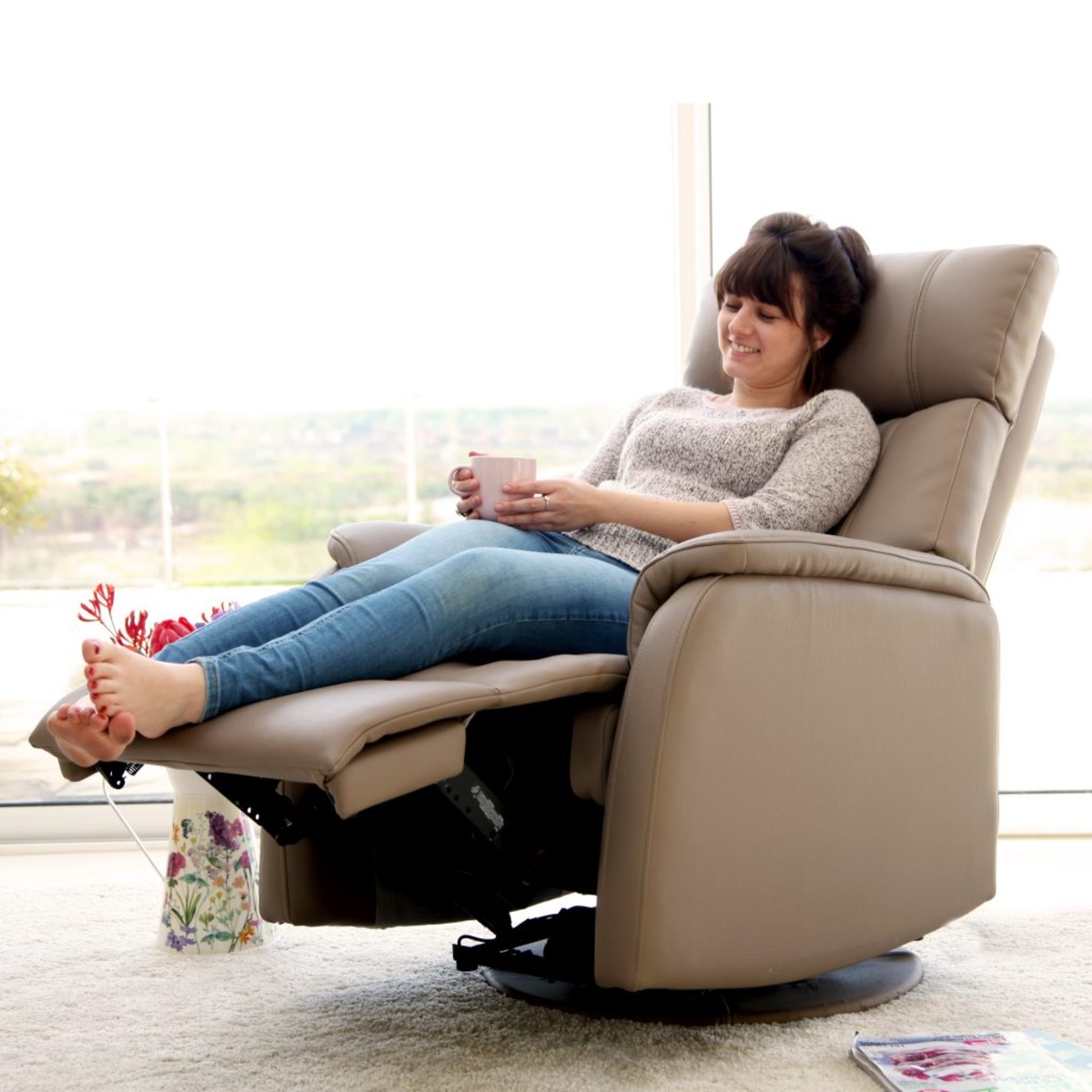
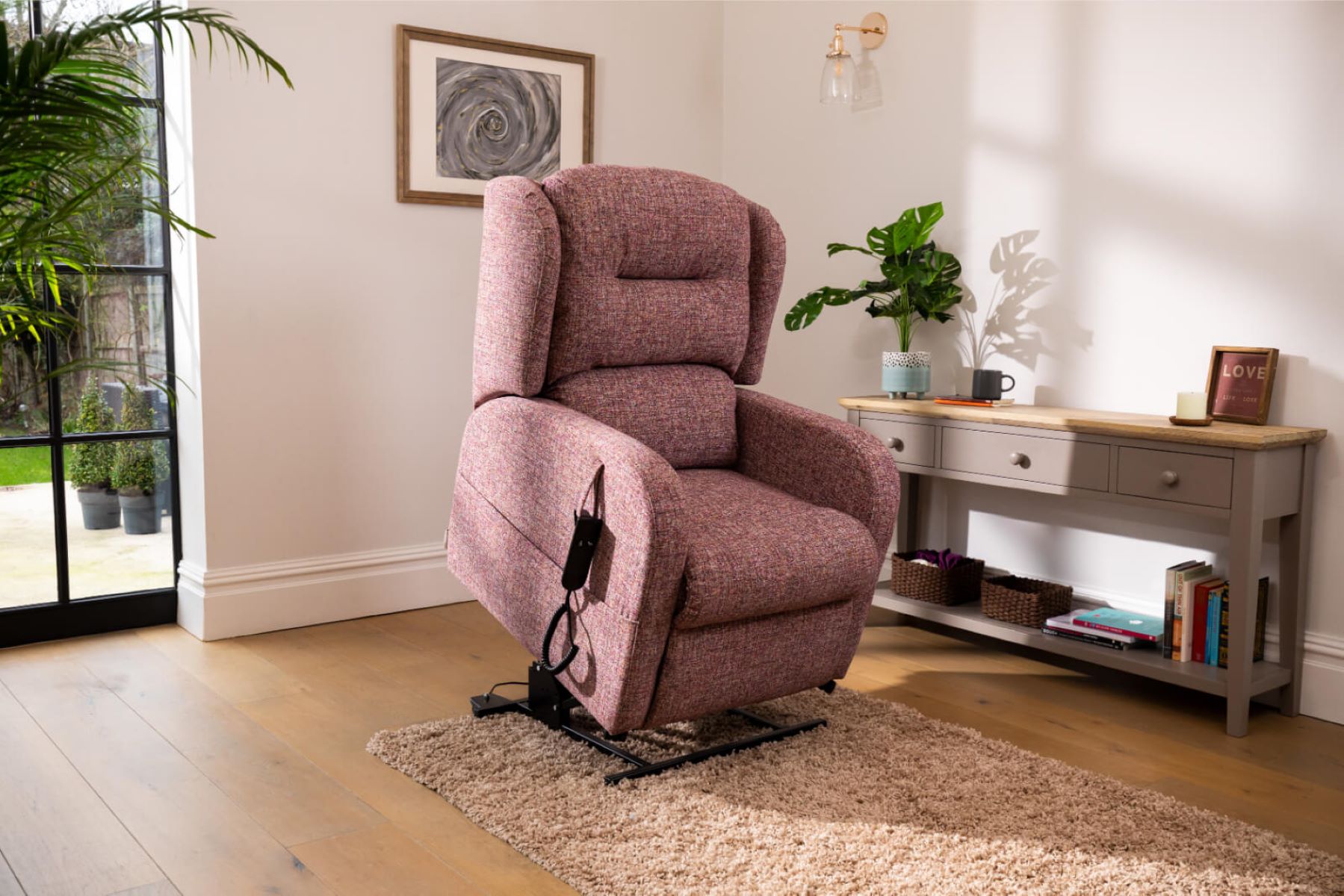

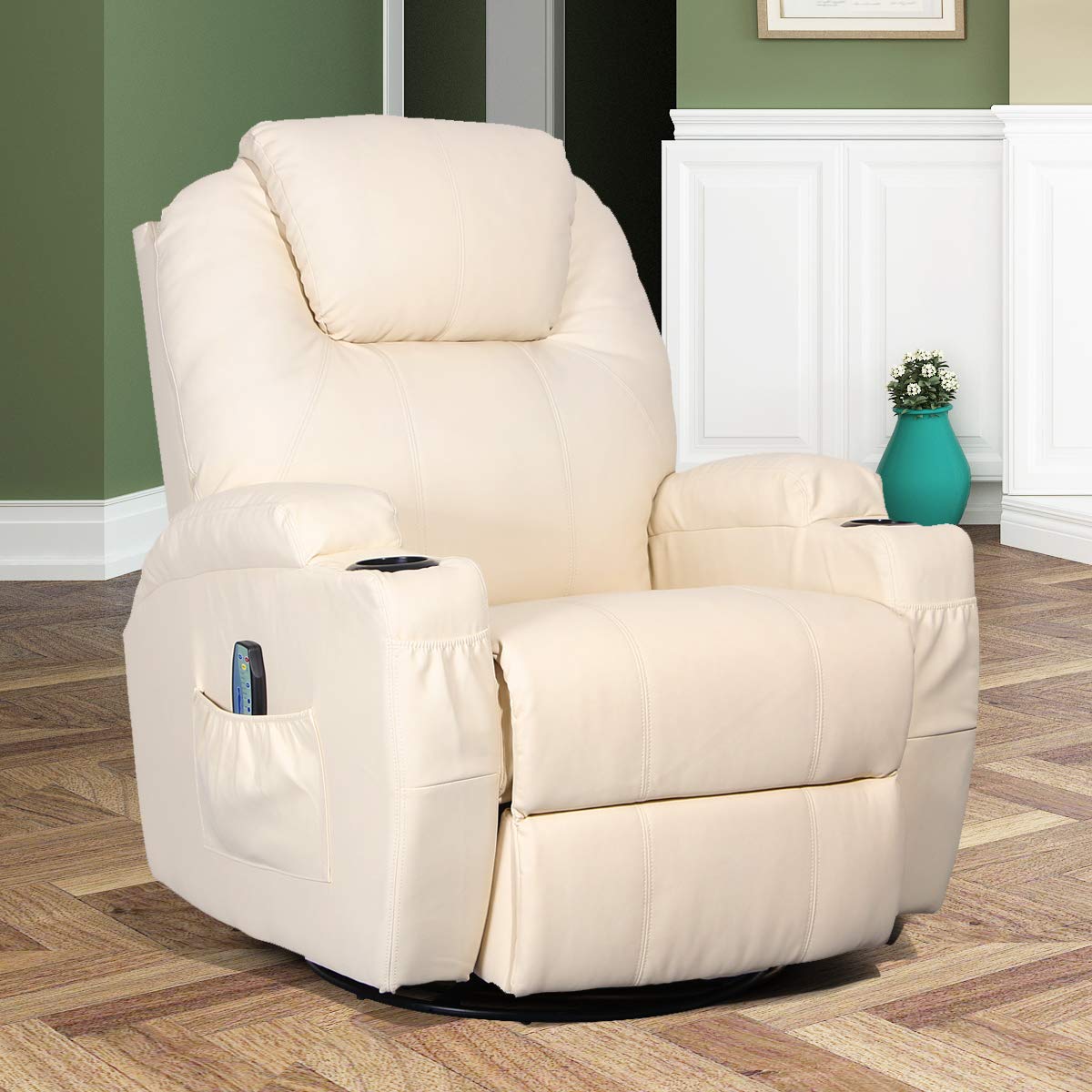
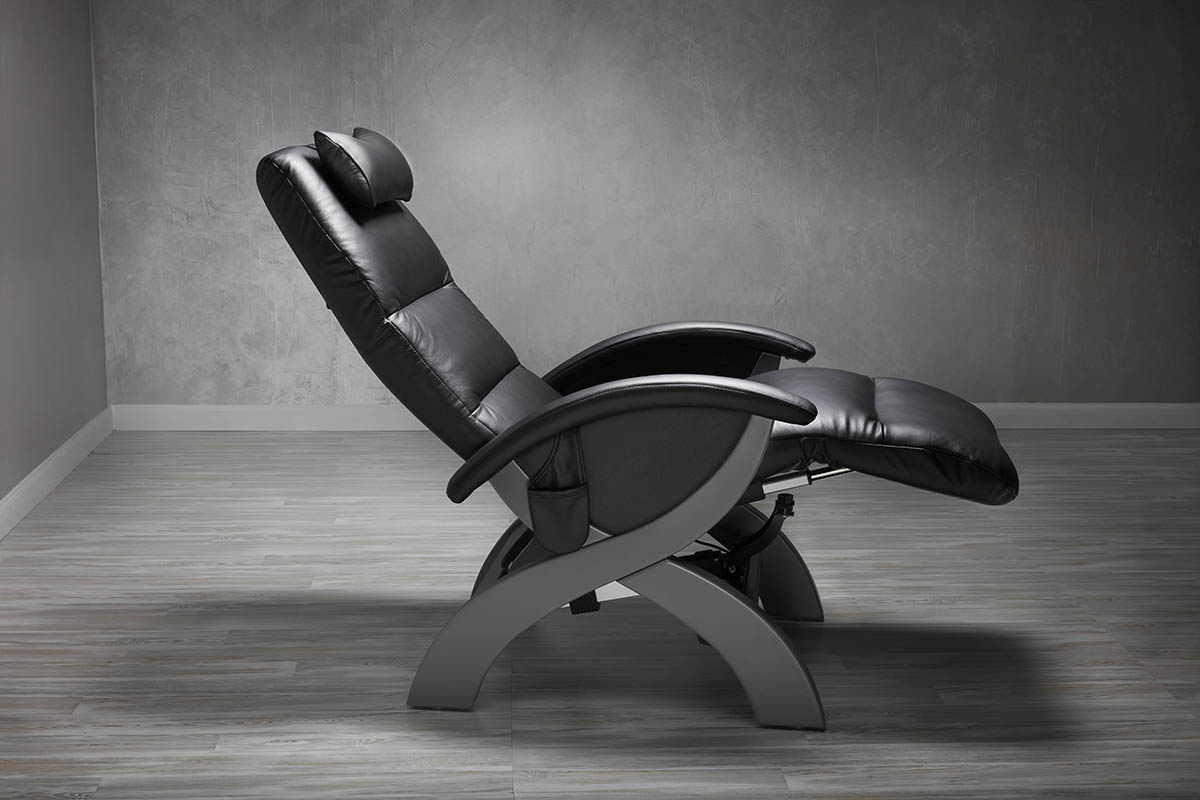
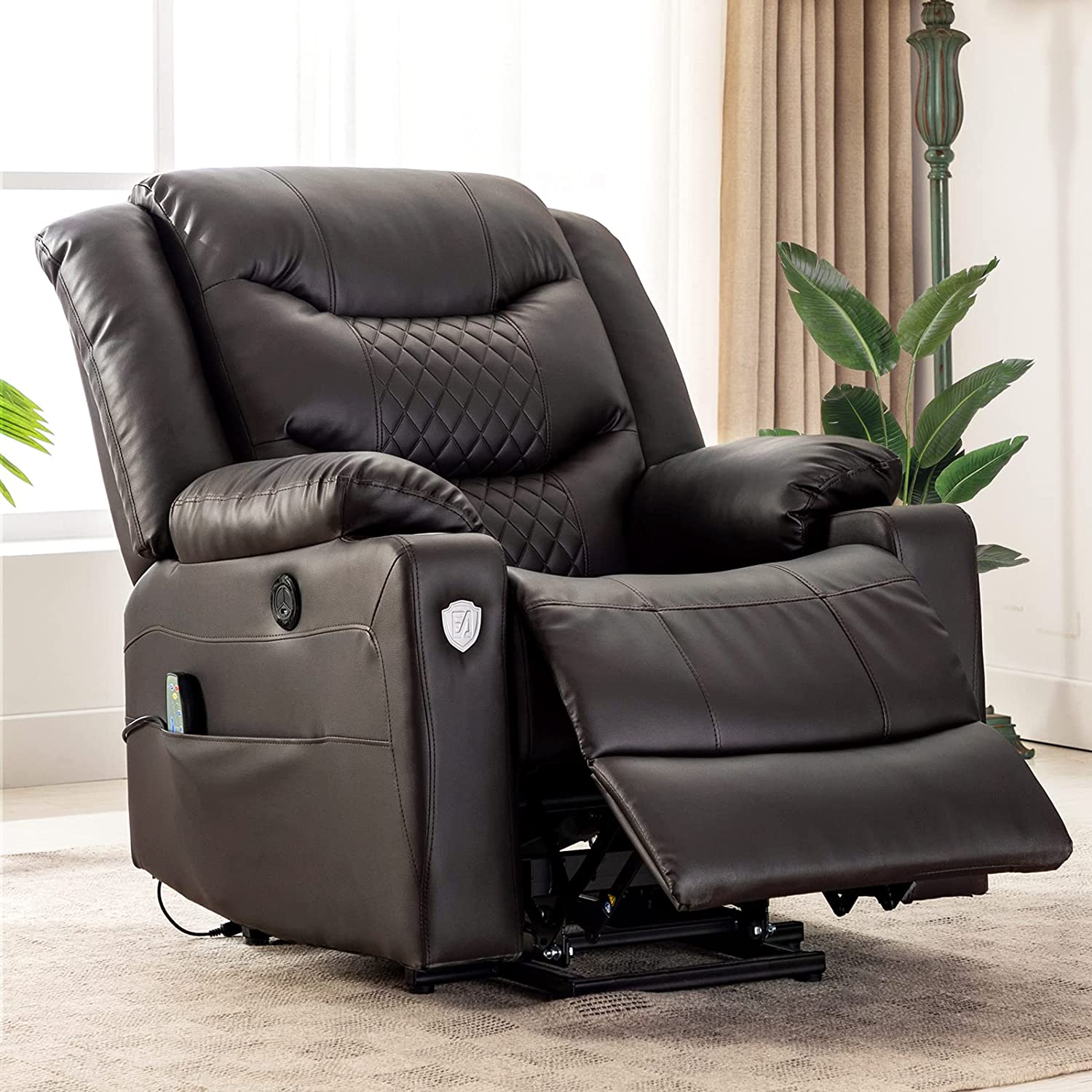
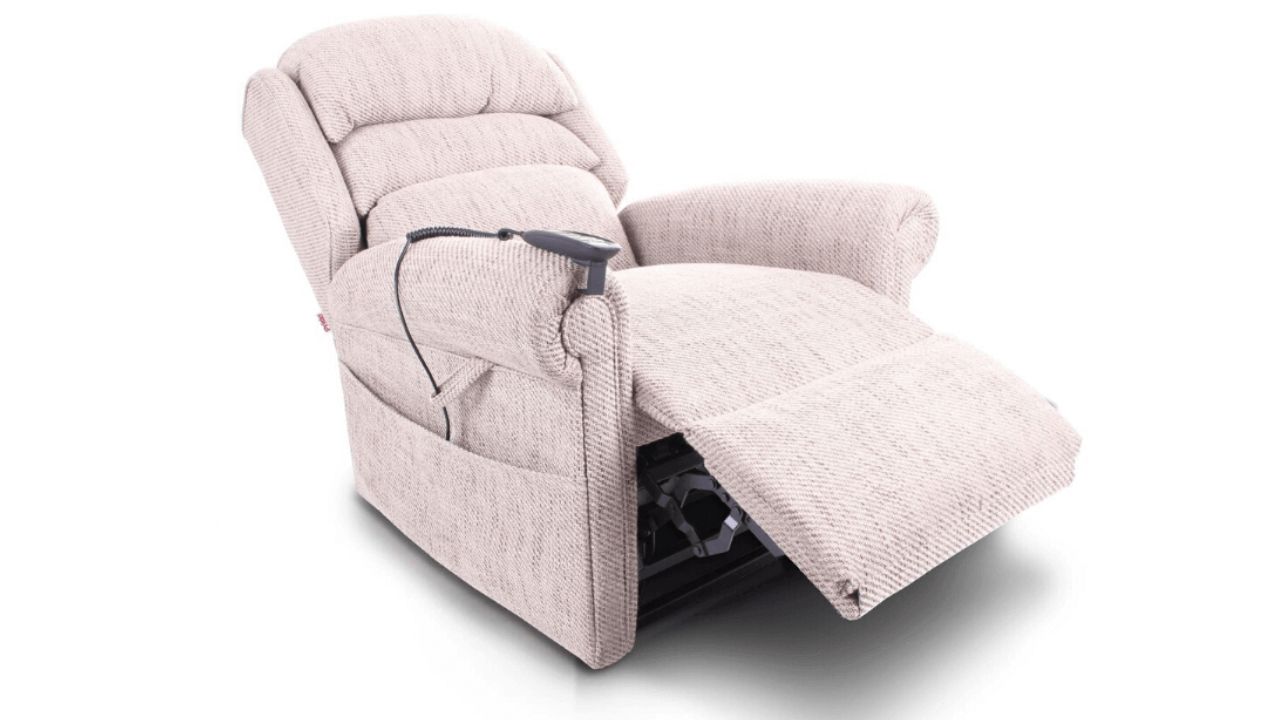
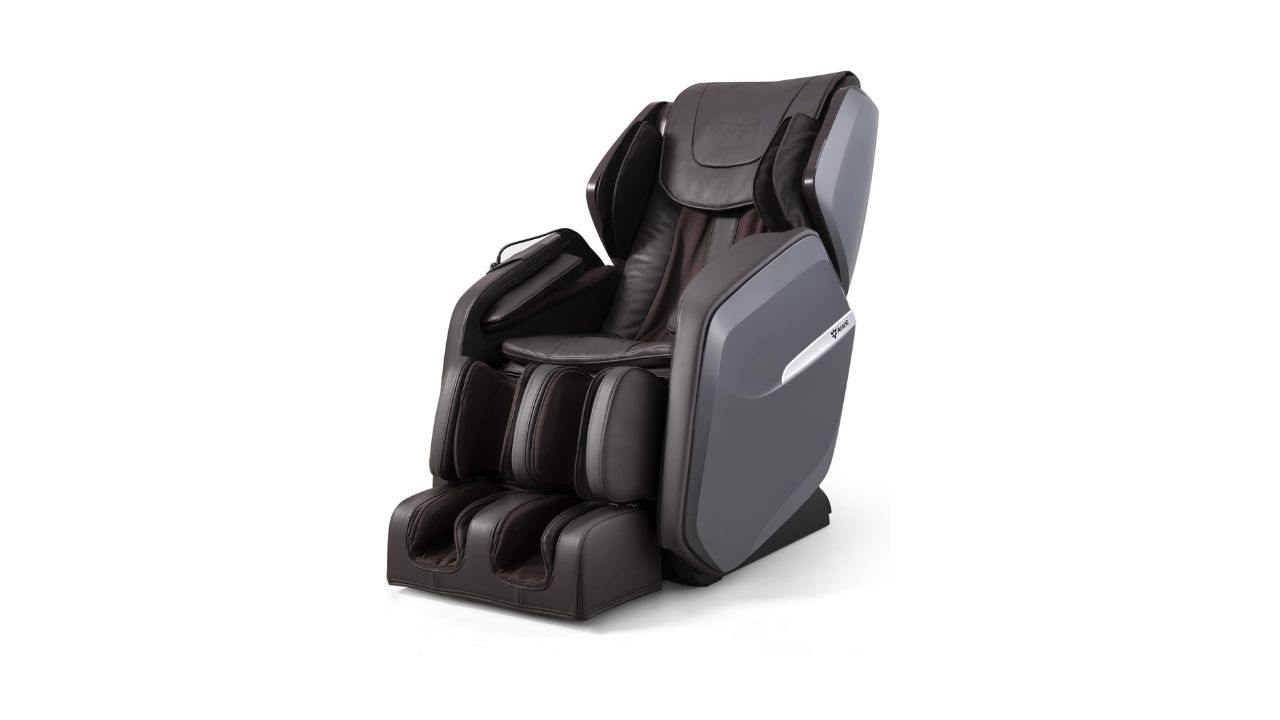
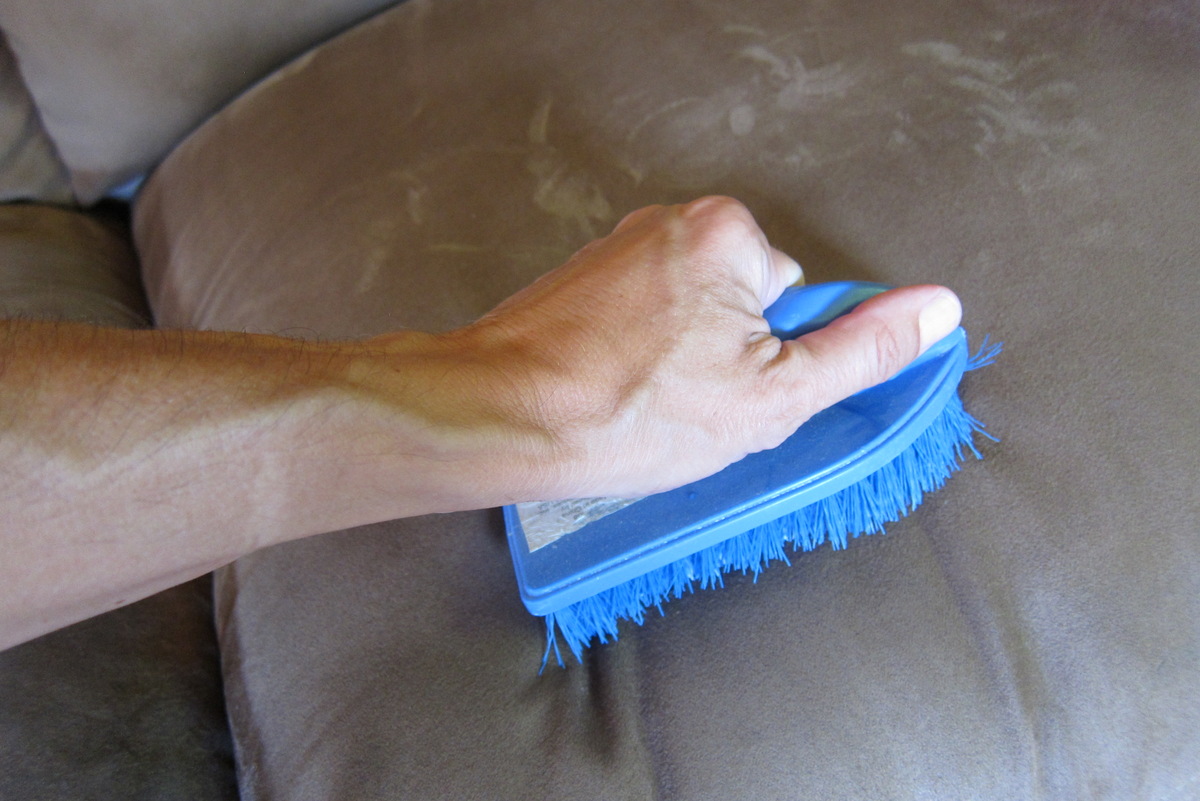
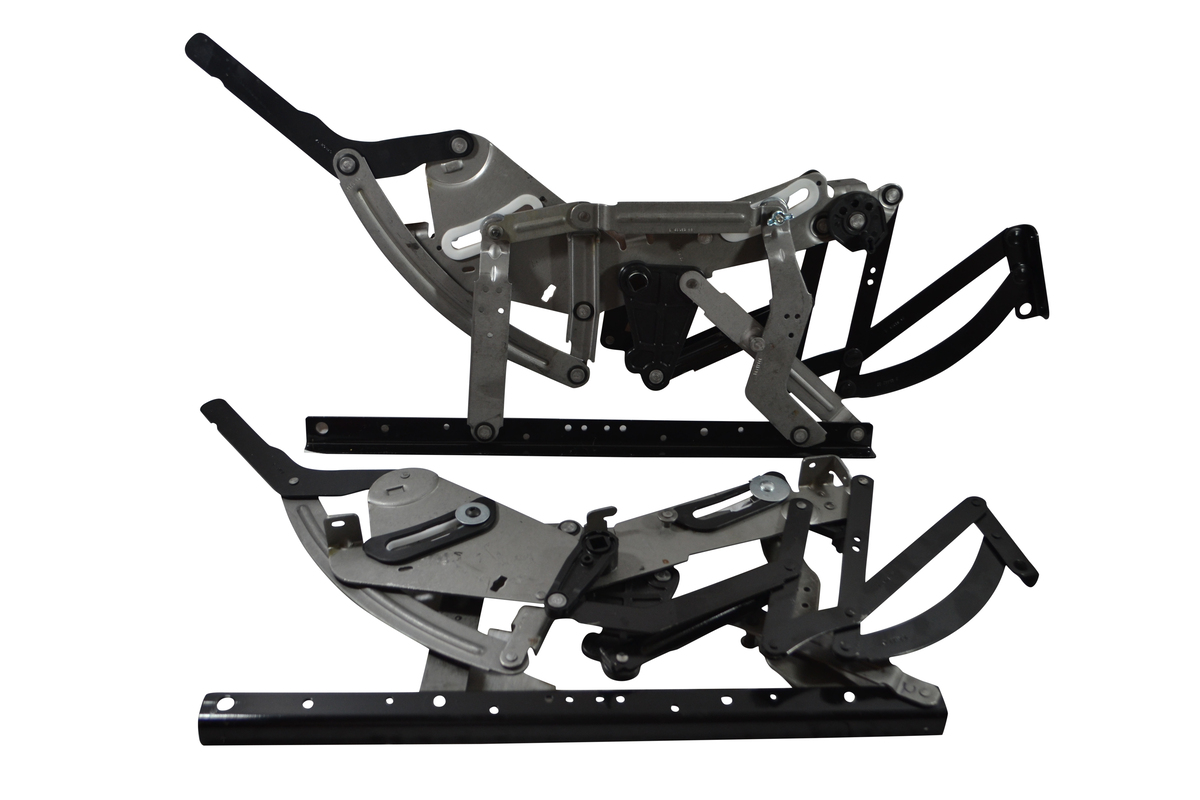
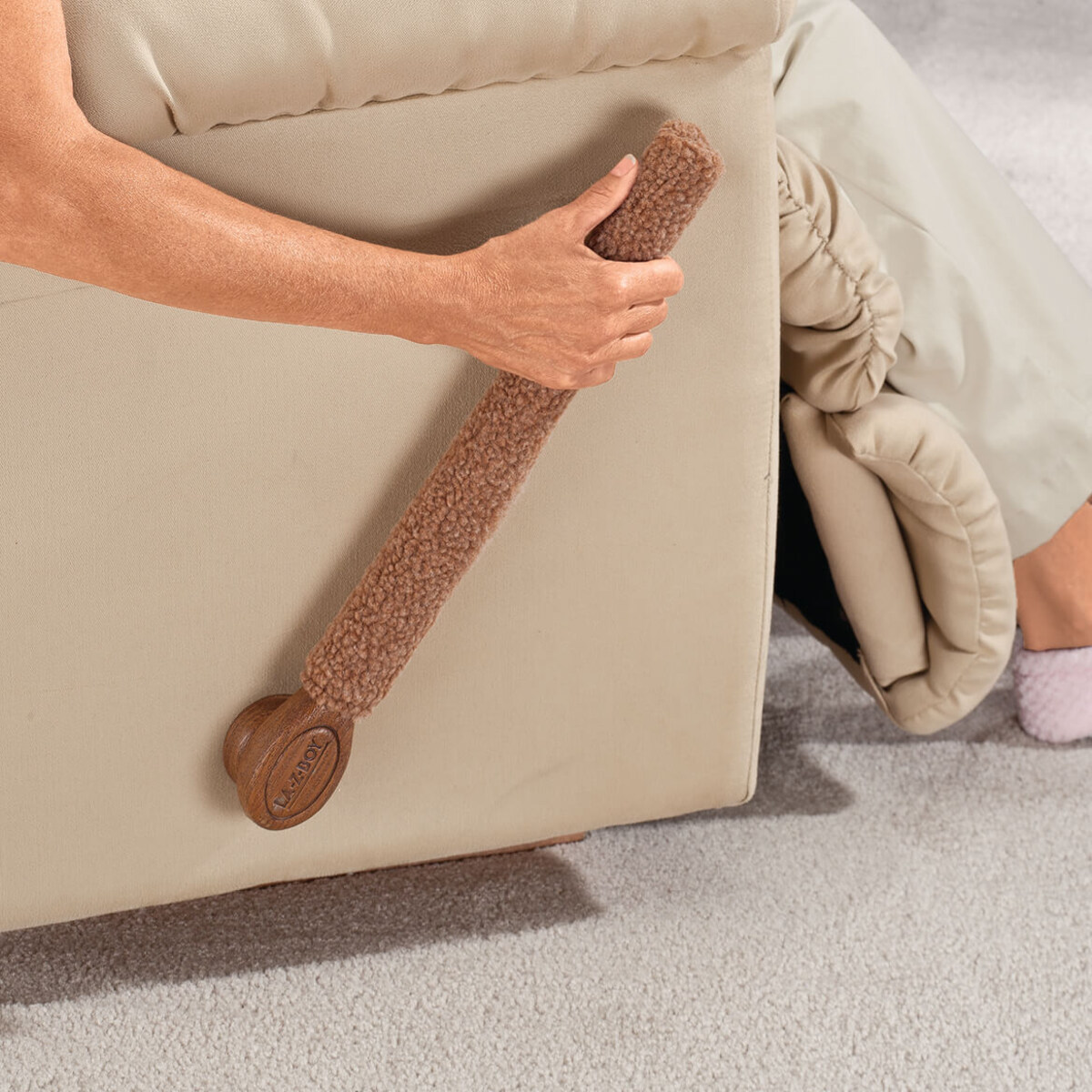
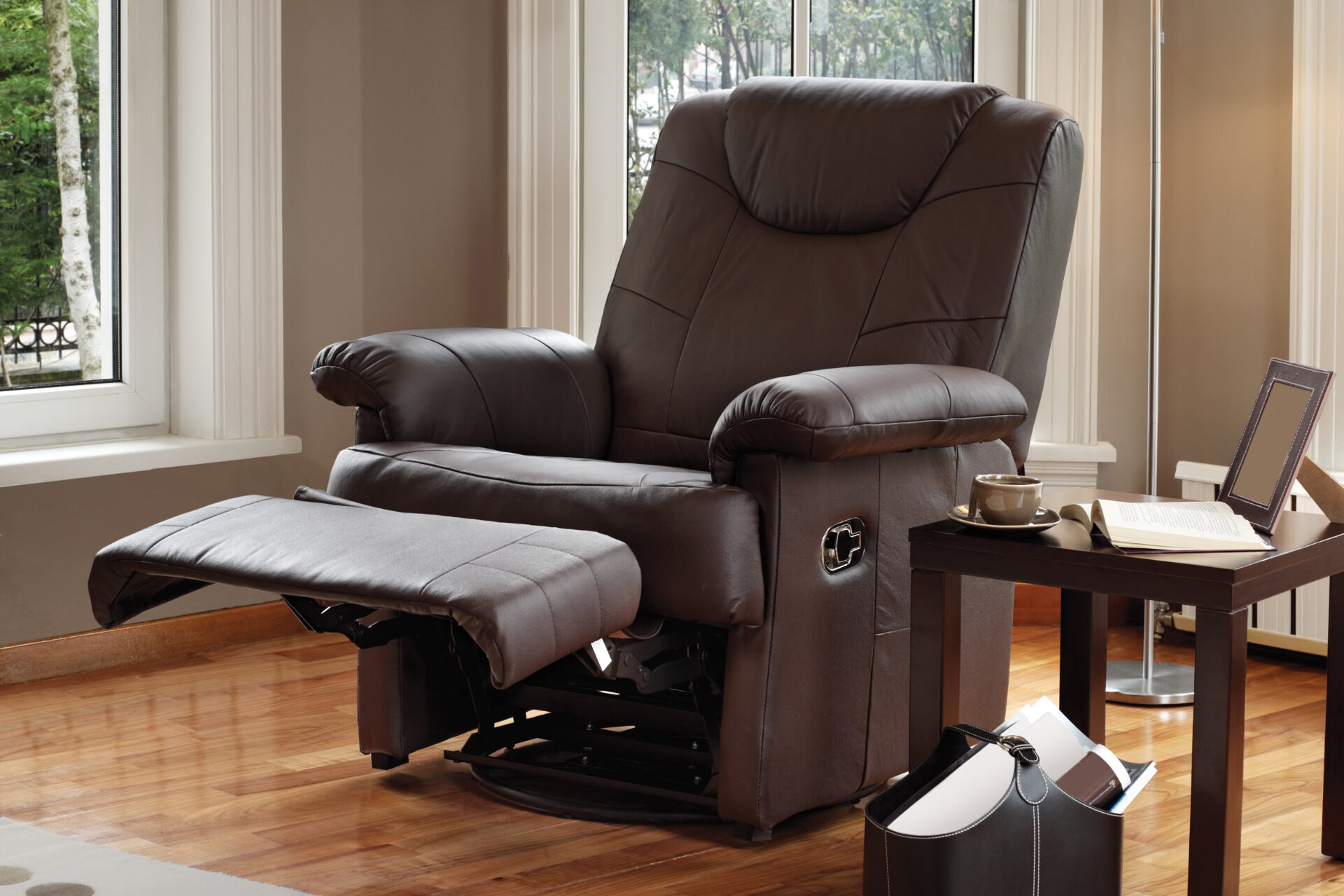
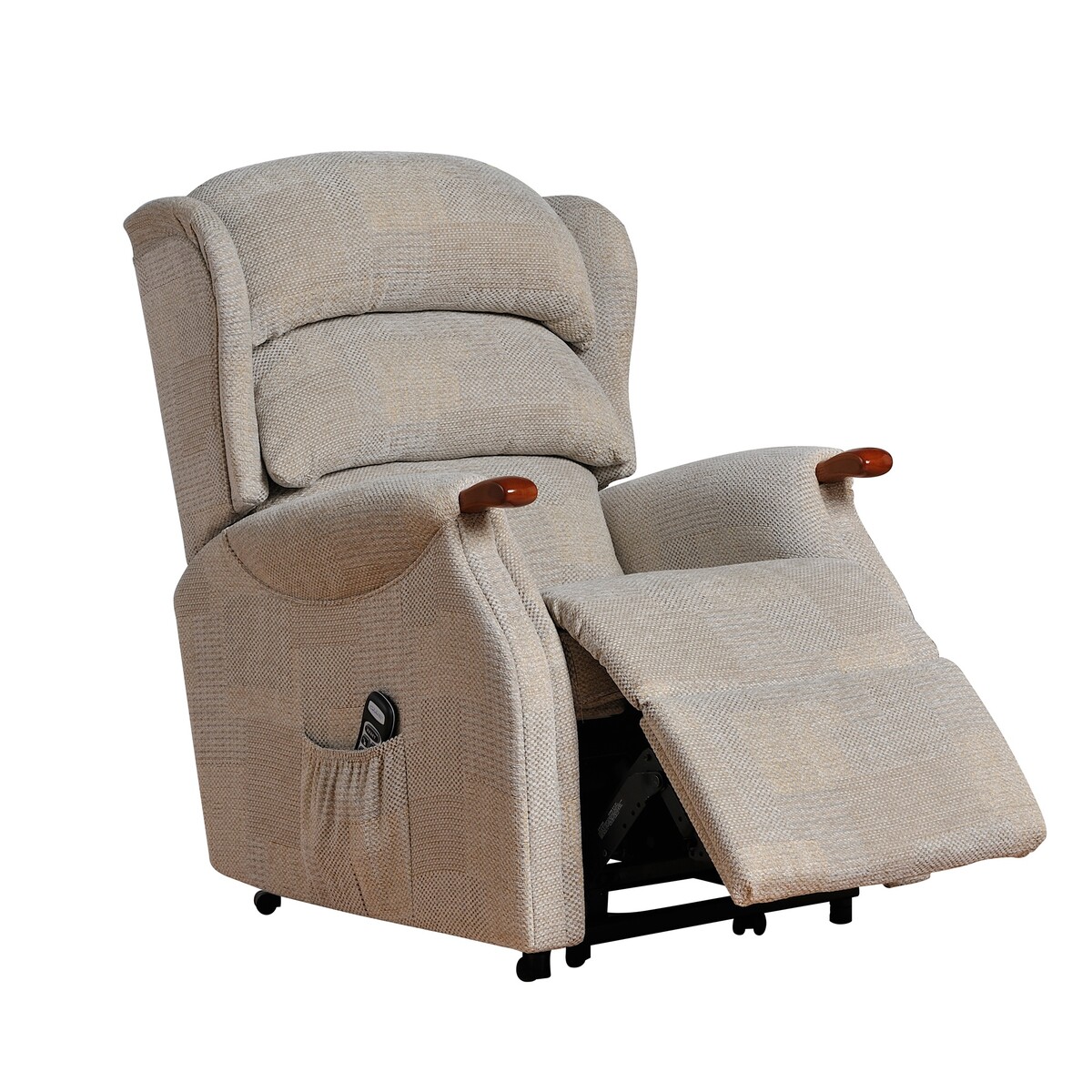
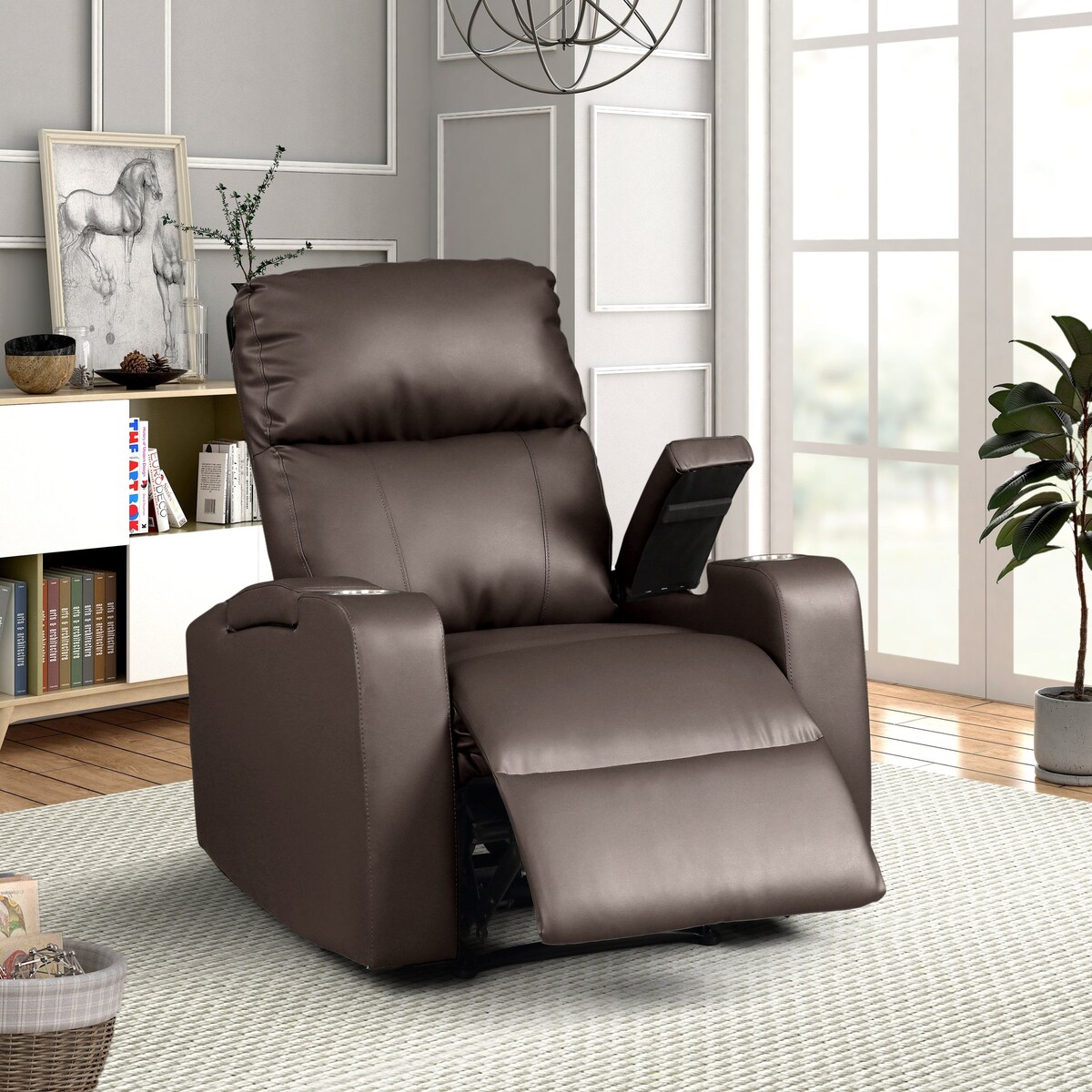

0 thoughts on “How To Use Hospital Chair Recliner”